Did he get it?!!!
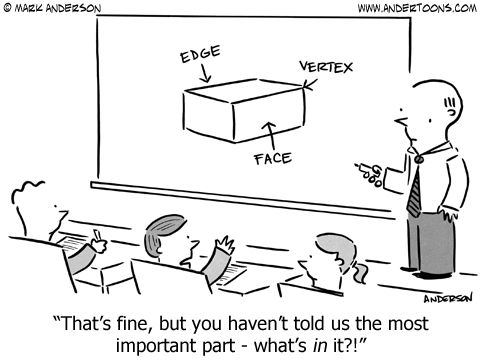
Off late, I have been reading and unearthing answers for How an authentic learning takes place? Why does it differ from one child to another?
Soon I realized the cognitive process has to supported and not always the content and procedure to attain the content.So,What plays a major role then?
Is it the teacher’s stimulating plans? Is it the Style of teaching or is it all about what activities I have chosen?
What If I just give extra time and go according to the learner pace, Am I making a smart move then? OR Is it about the age of learner ?
As teachers in practice, we all would have come across situations in classes where we might want to stop the teaching session and sit with that one child to see how far and how much more I need to help him/her to reveal certain conceptions and unveil misconceptions.

By nature unknowingly, as facilitators of learning, we might be addressing the topic alone, content or that specific day’s sessions activity.We might fail to address or consider the bottom of ice berg which is nothing but the aiding the cognitive process of that child.
Despite the best instructional practices and with good language skills in place, we find few of them are left with no choice other than attending remedial, after school hours special classes, focus oriented games and many other possible methods to “ACQUIRE IT”
Our own cognitive structures as adults, that has absorbed a detail using some patterns and connections doesn’t allow us to be empathetic with a 7 or 8 year old and often leaves us puzzled as to why is the child not able to “Get it” that is so obvious?
The onus often lies on the shoulders of educators and the institution. I realize that mediation of awareness and reflection also comes from home front.
The more enriched experience a child gets through addressing their cognitive structures such as,
- Making the connections
- Identifying patterns
- Making sense of rules
- And abstracting principles the “Getting it” problem solves.
Glad to share that there is one more side to it!
Here I mean the authentic learning.
Some of the excerpts from the book I have been reading online, Getting to “Got It!”
by Betty K. Garner
I would like to share with all of you, How a thinking is processed for every child and how it differs in each one of them?
As teachers if you are already on the track of planning smart objectives ,if you have given time for reflection, if you give feedback individually or do take out time to give personal touch, If you have combination of small group and large group sessions and activities planned…Do feel contented about it.
You are on the right track.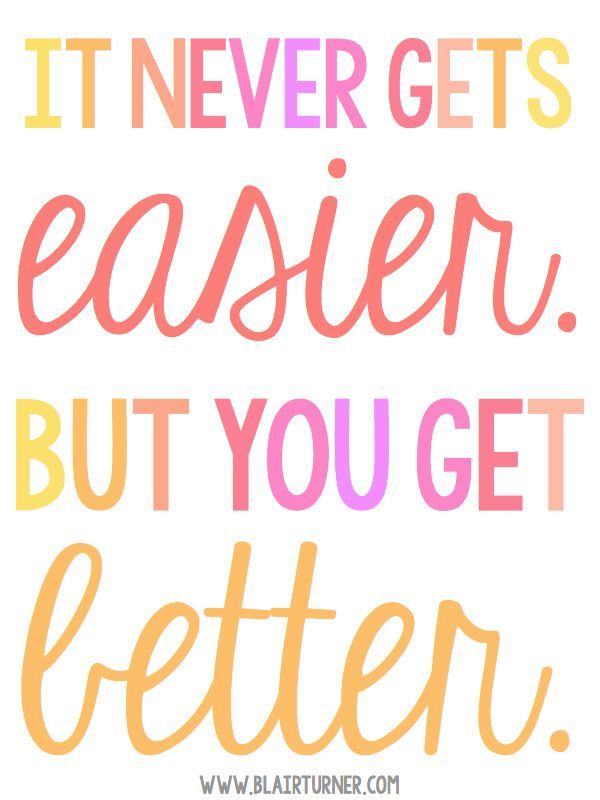
Do not feel dejected or low, brooding over those few occasions when you felt, “Oh! What else have I missed out in making this child “understand”?”
The author Betty K.Garner shares…
….Meanwhile, sitting in the same classroom with the struggling students are the high-achieving students. They thrive on our well-prepared lessons, and secretly we suspect that they could learn from anyone at any time with any kind of method. They can do this because they know how to gather, process, and output information. They have well-developed cognitive structures.
…….Often, neither the struggling students nor their teachers are aware of what lies behind the students’ failure. The teachers get frustrated and conclude that the students need to pay more attention, work harder, or change their attitudes. The students have no idea why they don’t get it; they think that the schoolwork is simply too hard or doesn’t make sense. They may quit trying and become behavior problems, or they may slip through the cracks in the system, passing from grade to grade with minimal competency. Those who do get by typically do so by using memorization or imitation strategies. Although these tricks can help students find right answers, using them gets students no closer to experiencing the joy and excitement of deep understanding. They get no closer to developing metability( the word was coined by the author as meta -change and ability)
The more educators learn about how cognitive structures affect learning, the more causes there are for us to be optimistic. There are two key points to keep in mind:
- Each individual has to develop his or her own cognitive structures. However, just as good coaching helps athletes improve their performances; good teaching provides learning opportunities that stimulate students’ reflective awareness and visualization and help them develop their cognitive structures.
- It is never too late to develop cognitive structures. From infancy through old age, everyone who has the neurological capacity to communicate, to be reflectively aware, and to use visualization can develop cognitive structures. When I work with students who are struggling in school, I explain that they already have the capability to learn; what they need to do is learn how to use their “mental tools.”
As noted, students develop cognitive structures by being reflectively aware of sensory input and by visualizing information for processing. It’s often the case that many so-called “smart” students are those who have received the most effective mediation at home. Encouraged to visualize and reflect from an early age, they come to school with well-developed cognitive structures. Students who appear “slow” due to underdeveloped cognitive structures may have grown up with little mediation or encouragement for reflection and visualization.
Well, I felt personally, on reading these excerpts that we can be rest assured that well planned instructional lay out does have effect and aids learning authentically.
One more important take away for me after reading the book was, “What does this mean to me?” and “How would I explain this to someone in my own words?” When any learner begins to ask themselves these questions, they become their own teachers.
It differs from each and every child when the complex cognitive process falls in place where hypothetical thinking and making cause and effect relationships, all of these takes a shape and a concrete form. It’s always through making connections, identifying patterns, following certain rules and ideating abstract things.
To put in in simple way, unless the rules of Mathematical operation is followed it is going to be tough for any child to master it. This is our perspective.
But, does the child understand ‘RULE’ as a convenient tool to classify the right from the wrong and helps elucidate learning.
They might presume any rule as some absurd statement that makes no sense to him/her personally. Unless this is unveiled it is going to be a boredom session of Math making no impact in learning space.
As educators we must try and attempt to get closer to learners through simple questioning. Once the right chord strikes, there up on the identification pattern and making connections takes over.
I am sharing form the book one such conversation the author had with a primary child , “What is rule and why it is followed?”
Greg: Exploring the Meaning of Rules
I started our exploration by asking Greg, “What is a rule anyway?”
He responded, “Something you can’t do.”
“Give me an example,” I prompted.
“Don’t run in the hall. Don’t fight. Don’t talk out in class.”
“Those are school rules. Do you have any rules at home?”
“I have to be in at a certain time,” he said. “I have to clean my room.”
“Do adults have rules?” I asked.
“No, they can do whatever they want. I will too, when I get big.”
“Do adults have to be at work at a certain time or do what their boss tells them?”
“Well, yeah!”
“What about laws? Are laws like rules that we all have to follow?” I asked.
“Yeah.”
“Where else do you have rules?”
“At restaurants you have to pay for your food and act a certain way. Don’t steal.”
“OK,” I said, nodding. Then I prompted Greg to think beyond the negative constraints. “Have you ever thought of rules as being there to help you and keep you safe?”
“Not really.”
“What about games? Could you win a game if there were no rules?”
“Sure! You can cheat!”
“How would you know if you were cheating if there were no rules? How would you know if you had any points, or won or lost?”
“Oh,” he said and then paused. “I never thought of it like that.”
“What if you thought about rules as being there to help you win, to make learning easier?” I suggested.
“What do you mean?”
“In math, for example, if you know the rules for multiplying and dividing, it’s a lot easier to do the work,” I explained. “In language arts, if you know the rules for punctuation or how to spell a word, you don’t have to look it up each time.” Through our interaction, Greg realized that a rule was a guide you could count on to be the same in most cases.
When working with rules, the ability to automatically predict builds confidence and enables students to quickly process more difficult and complex information. We cannot assume that knowing a rule is the same as knowing when and how to use that rule.
Most teachers are trained to first teach rules and then have students apply these rules by making connections with content. I recommend instead inviting students to make connections and find patterns and relationships before asking them to formulate rules. For example, rather than teaching rules about punctuation and quotation marks, give students texts and have them work together to identify when, where, and why punctuation is used. When they identify patterns and formulate rules, they can test these rules with other texts. In addition, students are more likely to remember these rules because they created them. Does this approach take more time? Yes. Is it more effective, and will it save time in the long run? Yes.
Please find time to check out this book to gain more insight in to meaningful transactions that lifts up the morale of educators which in turn will benefit the learners as well.

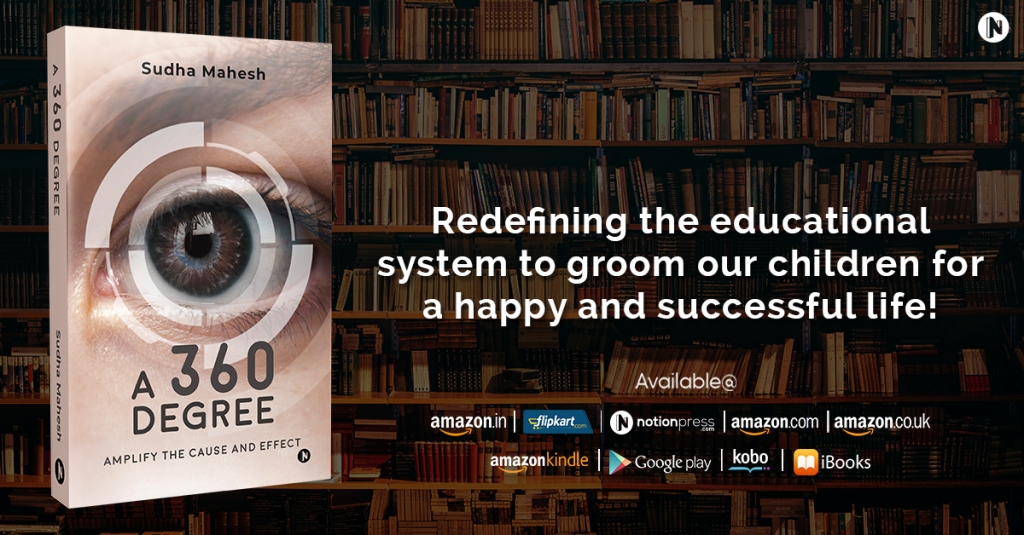
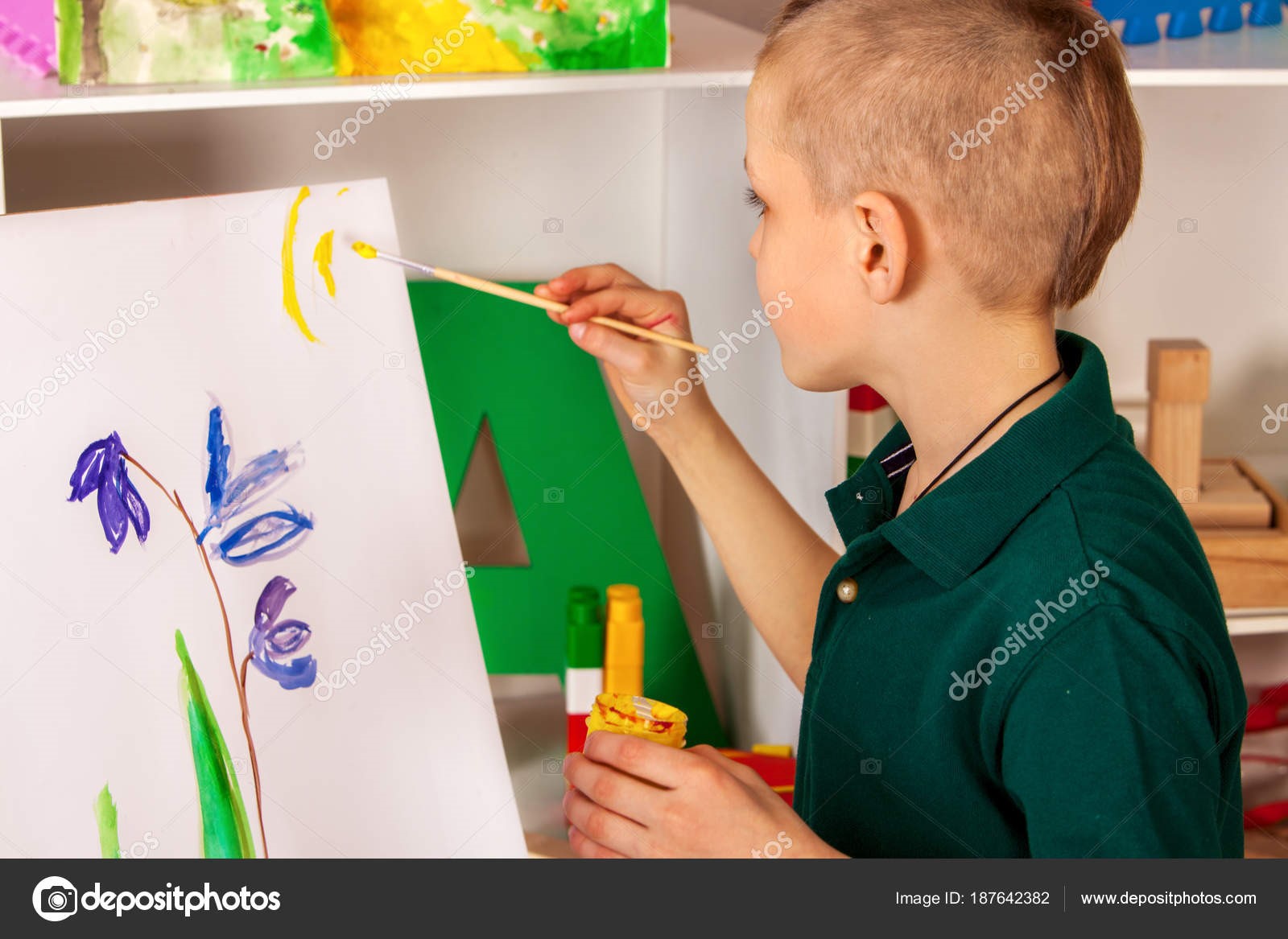

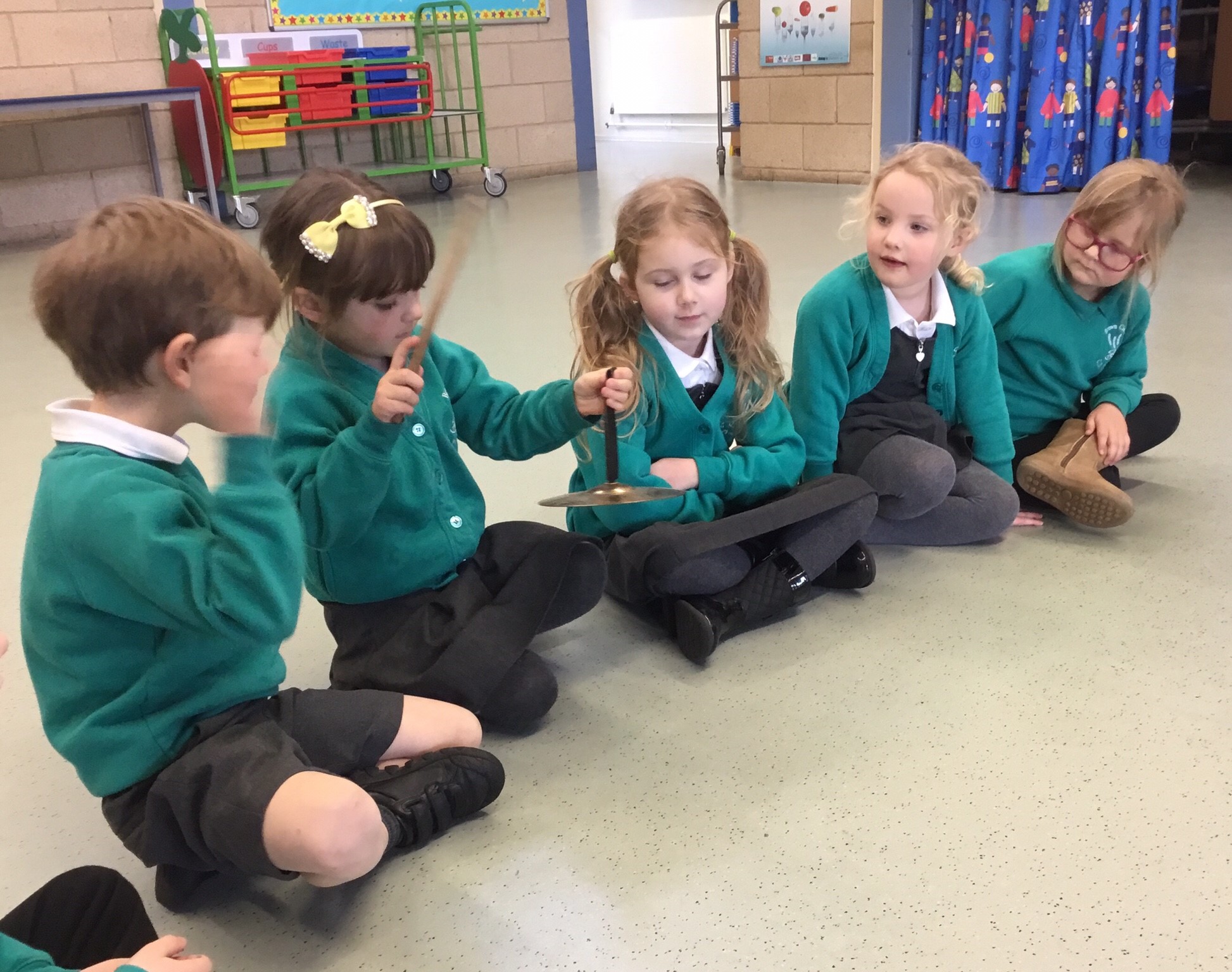
















 2.In the collection of 3D shapes packet sold in Toys R Us ,which other 3D shapes did the shop keeper forgot to place in?
2.In the collection of 3D shapes packet sold in Toys R Us ,which other 3D shapes did the shop keeper forgot to place in?










